
- Sustainable Planet -
- 11mins -
- 1,201 views
7 ways hemp plastic can help save our planet
Alternatives are urgently needed as plastic pollutes land and water, and hemp is an excellent source of cellulose, the basic building blocks of plastic.
Hemp plastic is fantastic!
Why is almost all of the world’s plastic still made from polluting, non-renewable petrochemicals when we could replace fossil fuel-based plastic with hemp? Agricultural hemp the non-mind-altering cousin of cannabis (also known as marijuana) has dozens of potential uses from clothing to paper. Since virtually all climate scientists agree that we must replace our dependence on fossil fuels, and given that hemp, a zero-waste crop, can even make the soil cleaner, it’s a wonder this miracle resource isn’t in wider use.
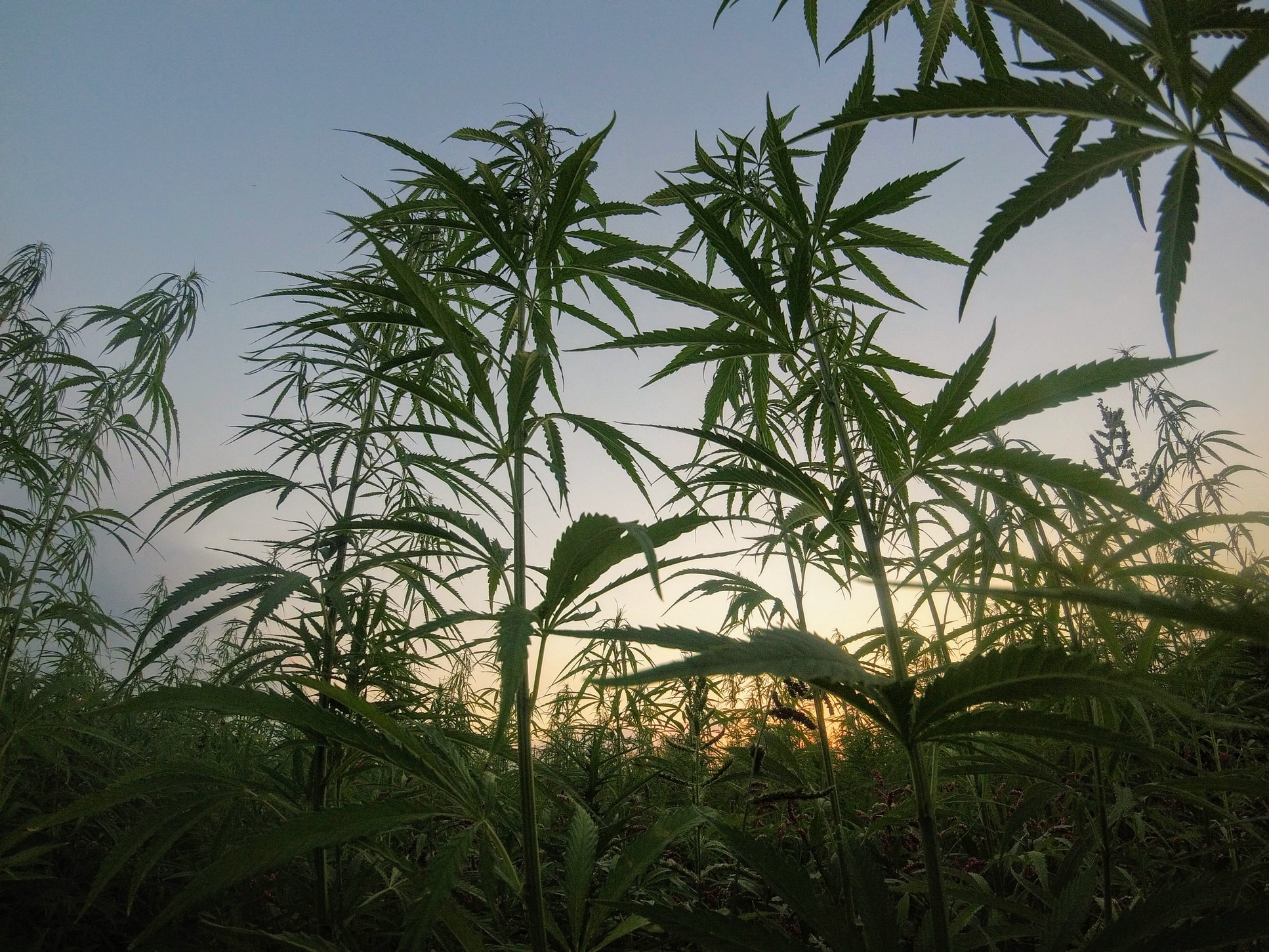
Hemp celulose fibres are an excellent raw material for the manufacture of many plastics
Some of the earliest plastics were made from cellulose fibres obtained from organic, non-petroleum-based sources.
“Hemp cellulose can be extracted and used to make cellophane, rayon, celluloid and a range of related plastics,” reported Seshata, in 2014.
“Hemp is known to contain around 65-70% cellulose, and is considered a good source (wood contains around 40%, flax 65-75%, and cotton up to 90%) that has particular promise due to its relative sustainability and low environmental impact.”
While 100% hemp-based plastic is still a rarity, some “composite bioplastics” — plastics made from a combination of hemp and other plant sources — are already in use. Thanks to their high strength and rigidity, these plastics are currently used in the construction of cars, boats, and even musical instruments.
Many plastic products are made from polymer resins, including polyethylene terephthalate, or PET, found in everyday products like plastic bottles.
While advocates hope to someday see 100% hemp-based plastic bottles on supermarket shelves, the technology just isn’t ready for prime time.
Unfortunately, even plastic that’s deliberately designed to be biodegradable can still be a source of pollution. Almost nothing biodegrades in a landfill, and hemp microplastics could still cause problems when introduced to the oceans. Biodegradable plastics need to be sent to commercial composting facilities for efficient disposal, and these facilities aren’t available to everyone. In addition to creating better alternatives to plastic, we’ll still need to create more responsible attitudes toward disposable products.
One of the more interesting recent examples of hemp’s potential plastic future could come from LEGO, the ubiquitous Danish building block toy. which is promising to phase out fossil-fuel based resin by 2030.
When Ministry of Hemp looked into the topic, they found that hemp is already appearing in some commonplace objects, including cars, and could soon find its way into more. However, there still remain some barriers that keep hemp plastics more expensive and less versatile, for now. Scroll down for 7 ways how hemp plastic help save our planet.
Source: MinistryOfHemp
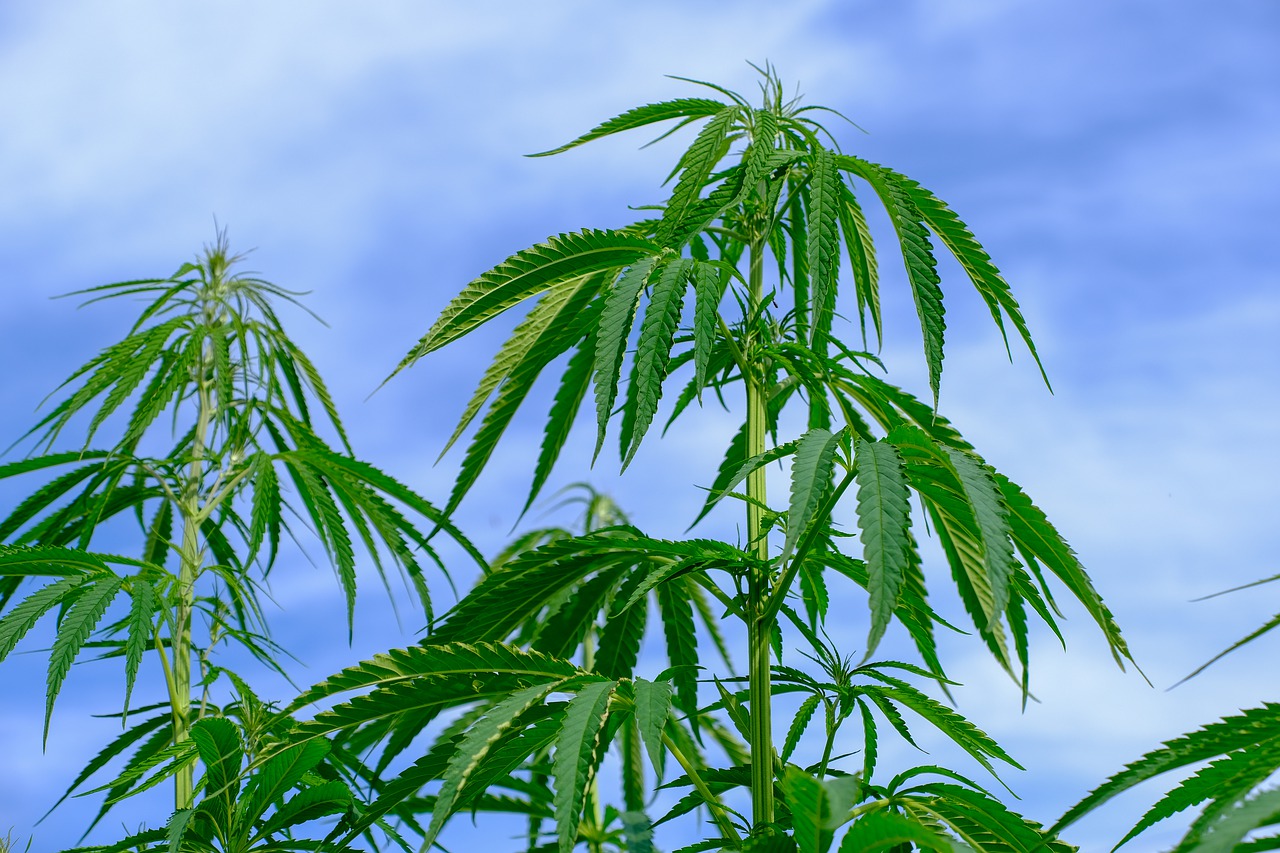
1. Hemp plastic is completely biodegradable
One reason plastic is so toxic is because of its long shelf life. A water bottle may only be used for a few minutes but will take years to decompose. Account for other plastic wares like grocery bags, Tupperware, buttons, packaging, electronics – it’s easy to see why plastic pollution is growing worldwide.
Meanwhile, hemp plastic can be completely biodegradable when made with biodegradable polymers. Unlike conventional plastics, plastic made from hemp doesn’t contribute to permanent pollution.
In the right environment hemp plastic takes around 3-6 months to decompose. This is astonishing in comparison to conventional plastics.
Hemp plastic can also be recycled indefinitely. While petroleum-based plastic can be recycled, because this type of plastic is chemical-laden, it is a toxic process. Conventional plastics that are recycled still leak harmful substances into the environment such as BPA.
Plastic made from hemp avoids these toxins completely.
Source: Green-Flower
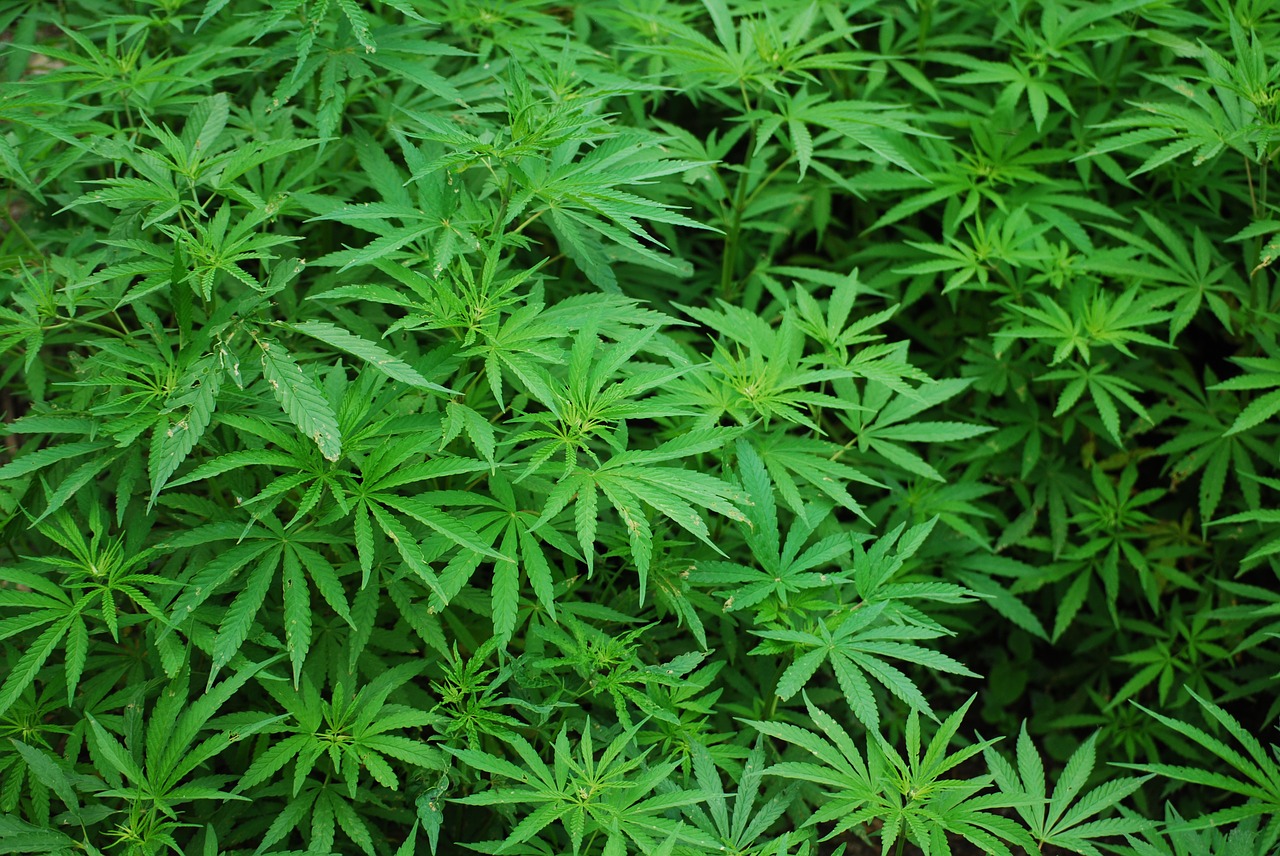
2. Hemp plastic is non-toxic
Plastic is toxic to our health. Conventional plastics contain endocrine disruptors. Endocrine disruptors, such as BPA, interfere with the endocrine (aka hormone) system in the human body. Once inside the body, endocrine disruptors act like the hormone oestrogen.
Why is this dangerous? This hormonal imbalance in the body can stimulate the development of tumors. In fact, endocrine disruptors are linked to birth defects, cancer, learning disabilities, and more.
The dangers of toxic chemicals from plastic don’t end with digestion. Endocrine disruptors can also leach into the soil and groundwater, devastating the natural environment and our health.
Yet, hemp plastic is non-toxic. Plastic manufactured from hemp doesn’t contain harmful endocrine disruptors like petroleum-based plastics. Nor does it release toxins into the air during production.
Why continue to destroy our environment and health when there is an alternative?
Source: Green-Flower
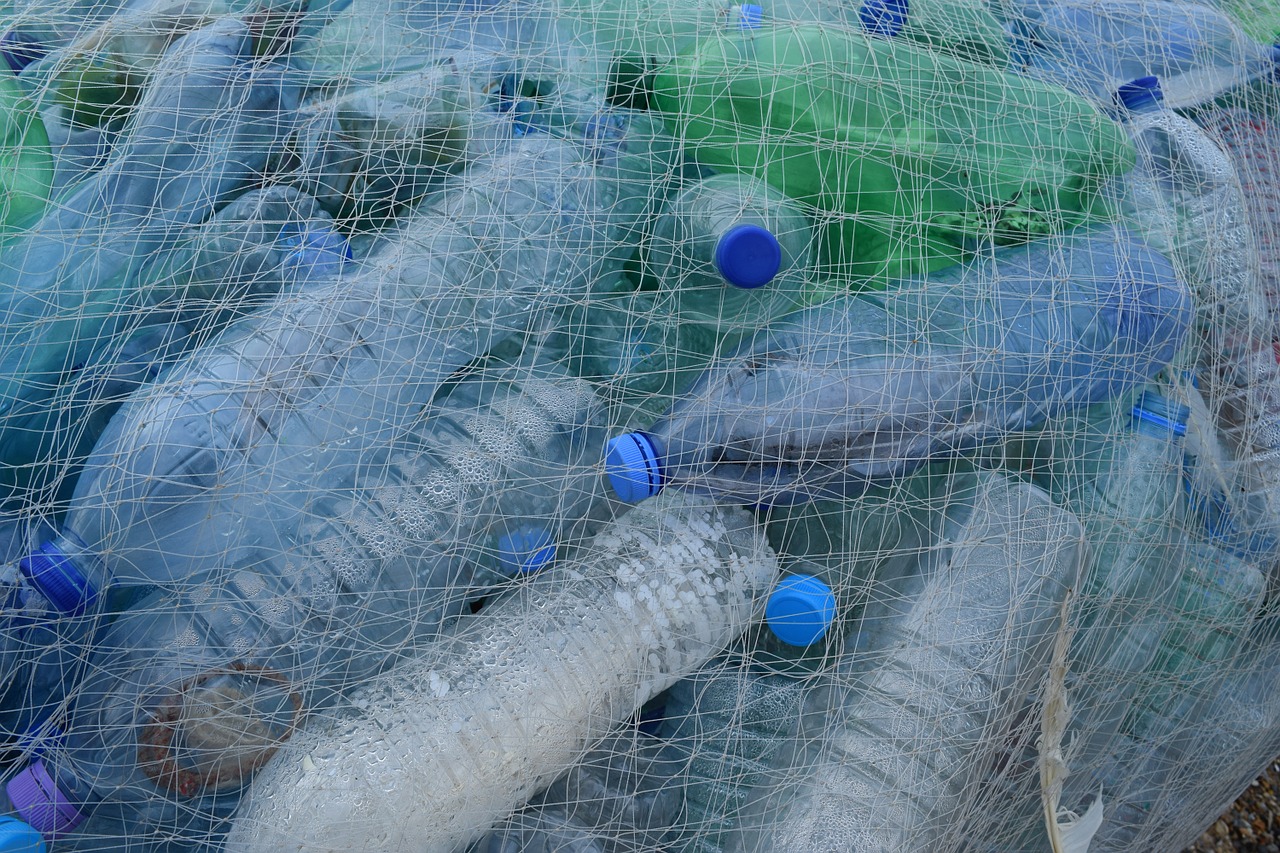
3. Hemp plastic could help save endangered wildlife
Plastic is polluting the ocean at alarming rates. A study by the Commonwealth Scientific and Industrial Research Organization and Imperial College of London found that 60% of seabirds today have plastic in their gut. By 2050, they expect that number could rise to 99%
How does this plastic end up in wildlife?
When plastic is exposed to sunlight, it breaks down into smaller pieces. These small pieces of plastic end up being ingested by marine and other sea life. As plastic disintegrates, it moves down the food chain.
Animals, like humans, are not designed to consume plastic.
Ingesting plastic can lead to a number of detrimental health effects. Many of which we are likely still unaware of.
Hemp plastic, on the other hand, is biodegradable. It is also non-toxic. Instead of filling up our seas with deadly petrochemical plastics, we could create sustainable initiatives to recycle hemp plastic safely.
Source: Green-Flower
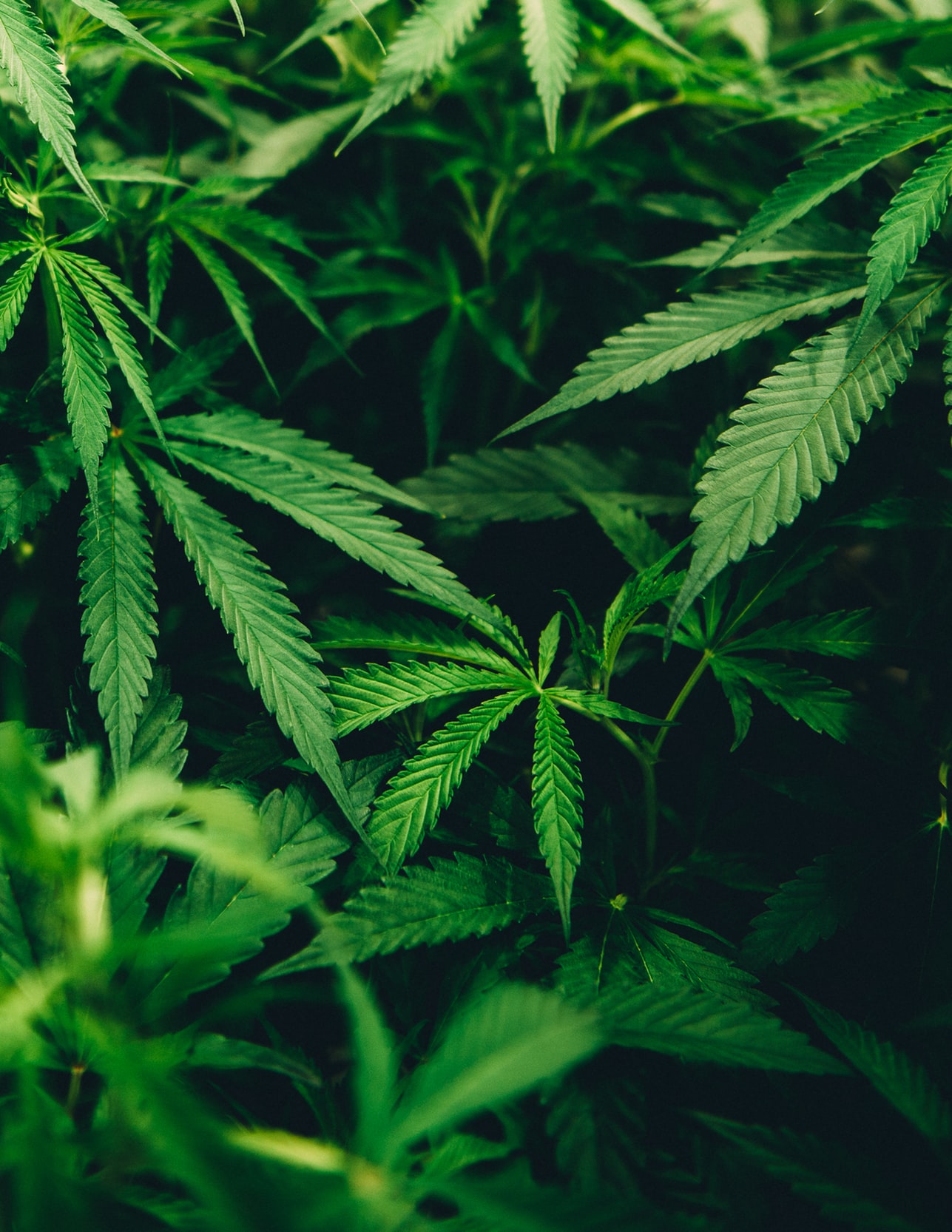
4. Hemp plastic is extraordinarily versatile
Did you know thousands of everyday plastic products could be made from hemp instead of petroleum? Hemp plastic can be moulded into almost any shape. Uses of hemp plastic include:
- Electronics
- Containers
- Toys
- Cosmetics
- Bottles
- Bags
- Car Parts
- Boats
- Furniture
This list is only a fraction of plastic products that could be made from hemp. Hemp plastic can replace toxic plastic products in every way. And unlike petrochemical plastics, manufacturing hemp plastic is environmentally friendly and cost-effective.
Source: Green-Flower
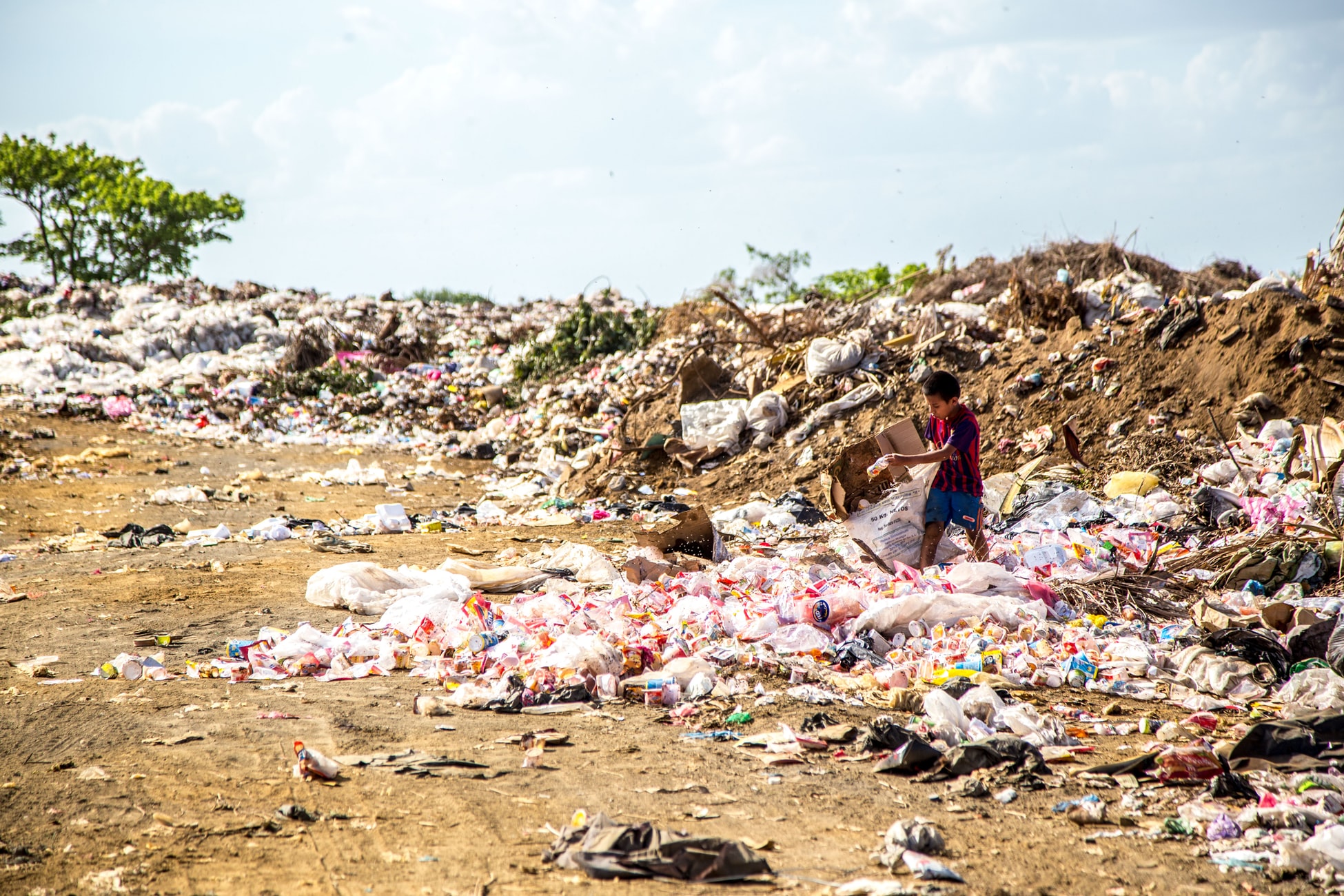
5. Hemp plastic decreases environmental pollutants
There is more carbon dioxide in the atmosphere today than at any point in history during the last 80,000 years.
Rising carbon dioxide concentrations are responsible for the warming of the earth’s atmosphere. Otherwise known as the greenhouse effect. Much of this rise in carbon dioxide can be attributed to the burning of fossil fuels.
Conventional plastics are made from fossil fuels like petroleum. Therefore, plastic is a big contributor to rising CO2 emissions.
Hemp plastic and products can actually reduce the greenhouse effect. This is because hemp absorbs carbon dioxide from the atmosphere and converts it into oxygen. In addition, hemp plastic generates zero toxic byproducts.
Seed to sale, hemp plastic is a sustainable process. This is the complete opposite from the toxic manufacturing process of petrochemical plastics.
Source: Green-Flower
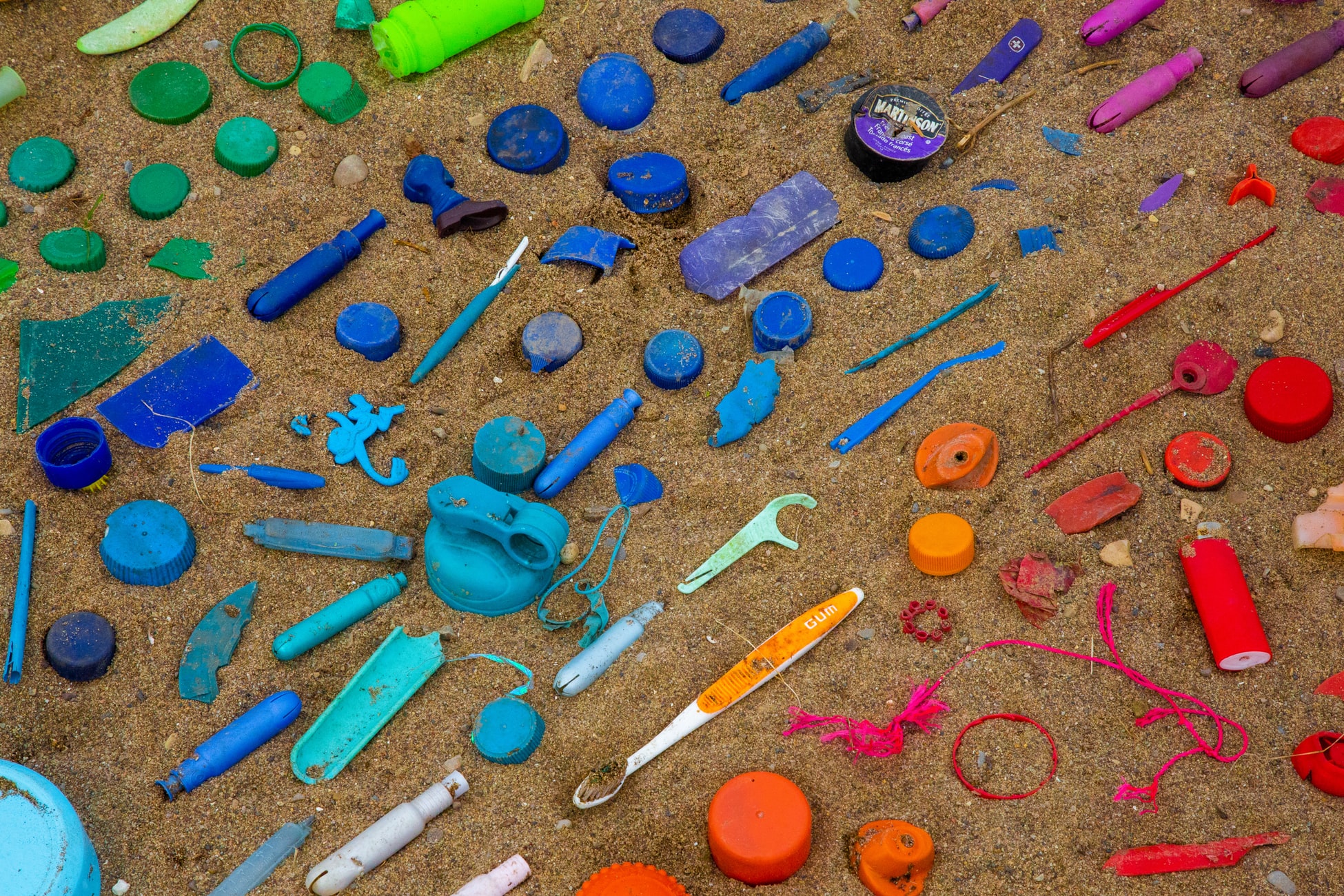
6. Hemp plastic is stronger than petroleum-based plastics
Plastic made from hemp is five times stiffer and 3.5 stronger than polypropylene, one of the most common types of plastic. It is also a lot lighter. This makes hemp unique from other manufacturing materials.
Hemp also doesn’t pose the health risks conventional plastics do.
So not only is hemp plastic stronger, it’s safer. Hemp plastic provides durability and strength while also being lightweight.
These features combined make hemp plastic a no brainer. Why risk health and safety when there is a perfectly suitable alternative?
Source: Green-Flower
7. Hemp plastic is a renewable resource
From the moment the seed enters the soil; hemp enriches its environment. Hemp is a sturdy plant with deep roots. As such, hemp helps prevent soil erosion, thereby reducing water pollution. Hemp can also be cultivated in the same soil for years without jeopardising quality.
Even once hemp is manufactured into plastic, it continues to be sustainable. Hemp plastic is 100% biodegradable. Which means that under the right conditions it will decompose within a few months. (Unlike traditional plastics that take an indefinite amount of time while leeching toxins in the process.)
Conventional plastics are not worth the risk. The alternative is right in front of us.
No other natural resource offers the capabilities of hemp. Start to finish hemp is renewable. While hemp certainly isn’t the only answer to our environmental and health concerns, it’s a start.
Source: Green-Flower

Plastic bottles
The proliferation of plastic products in the last several decades has been extraordinary. Quite simply, humans are addicted to this nearly indestructible material. We are producing over 300 million tons of plastic every year, 50% of which is for single-use purposes – utilised for just a few moments, but on the planet for at least several hundred years. More than 8 million tons of plastic is dumped into our oceans every year.
Beverage Bottles Alone
- According to the Container Recycling Institute, 100.7 billion plastic beverage bottles were sold in the US in 2014, or 315 bottles per person.
- 57% of those units were plastic water bottles: 57.3 billion sold in 2014. This is up from 3.8 billion plastic water bottles sold in 1996, the earliest year for available data.
- The process of producing bottled water requires around 6 times as much water per bottle as there is in the container.
- 14% of all litter comes from beverage containers. When caps and labels are considered, the number is higher.


